A 400-year-old volcano, responsible for one of the deadliest eruptions in history, has shown signs of life once again. Peru’s Huaynaputina, dubbed the “Smoking Terror,” recently released a toxic cloud, reminding the world of its destructive power.
Though the recent gas emission is far less severe than its last major eruption, it’s a stark reminder of the volcano’s potential.
Huaynaputina’s Legacy: The Eruption That Shook History
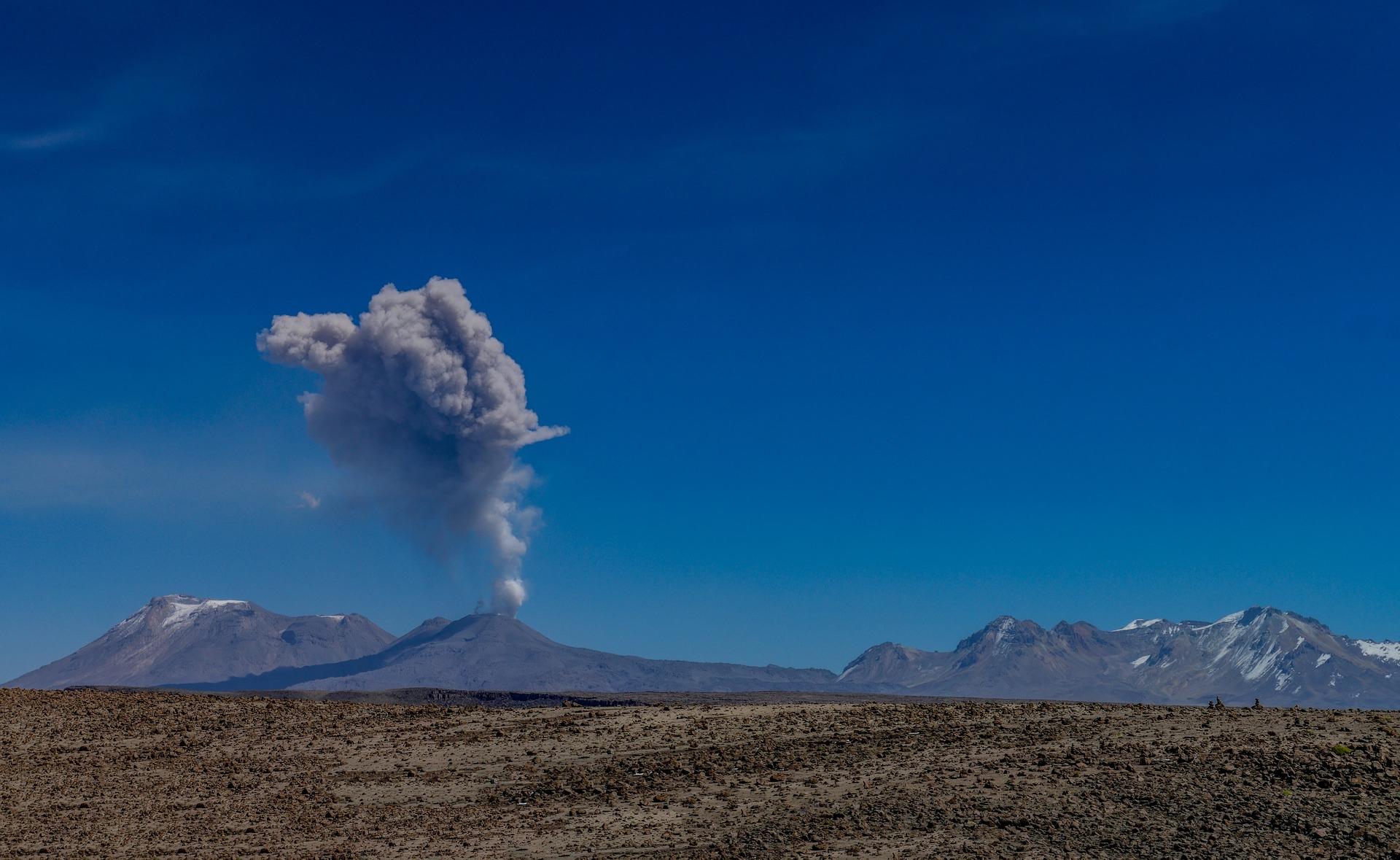
In February 1600, Huaynaputina erupted with such ferocity that it caused widespread devastation across Peru. Ashfall spread across South America, and the explosion triggered a volcanic winter that cooled the planet, leading to famines and crop failures as far away as Europe and Russia.
It’s still considered the largest volcanic explosion in South America’s recorded history.
What Caused Huaynaputina’s Recent Toxic Burp?
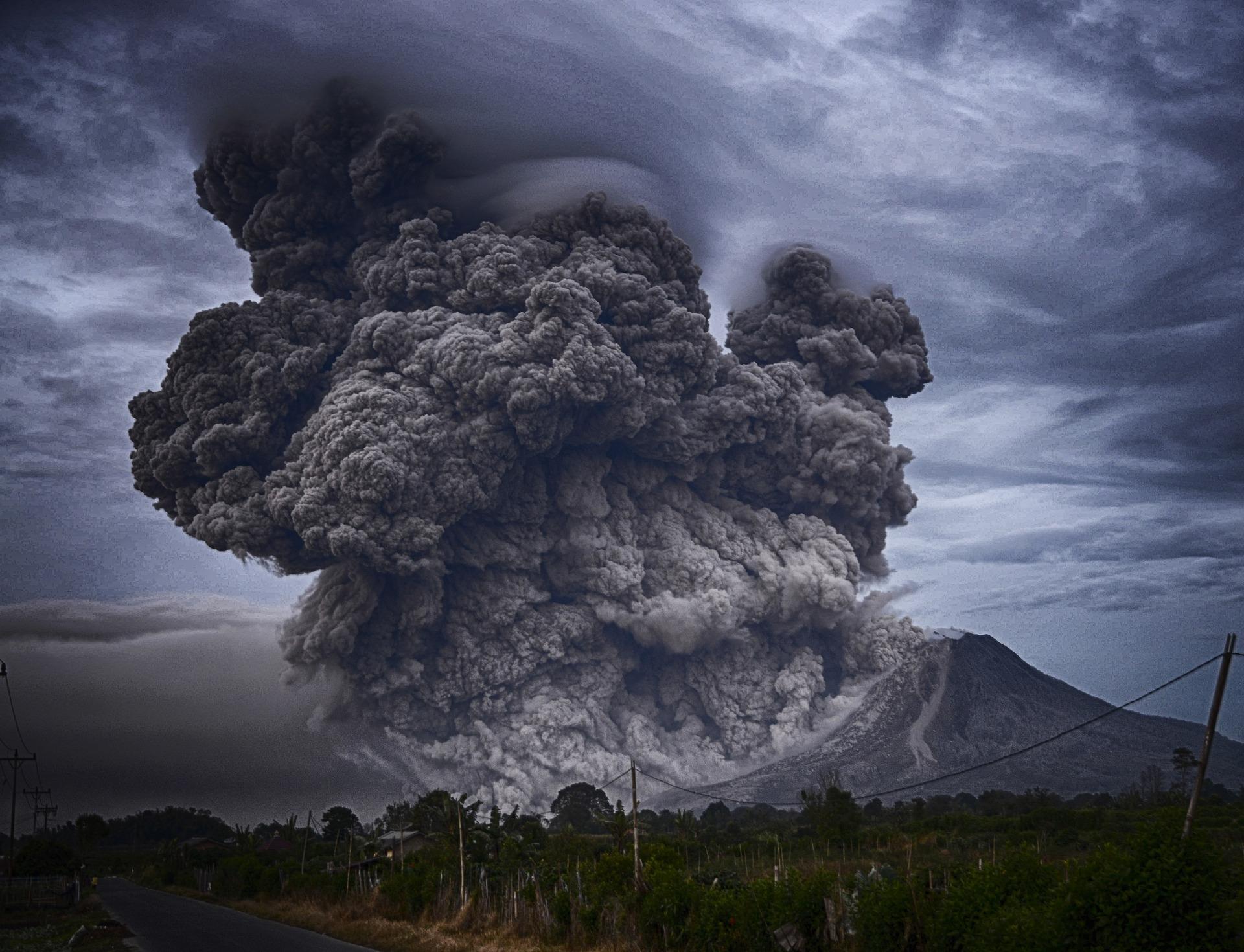
Recent satellite images show the volcano emitting toxic gases, including sulfur dioxide. Such emissions are common for active volcanoes, but when a dormant volcano like Huaynaputina releases them, it signals potential underground activity.
Experts are closely monitoring the volcano to determine if this could be a precursor to a more significant event.
The Environmental Impact: What Huaynaputina’s Gas Emissions Mean
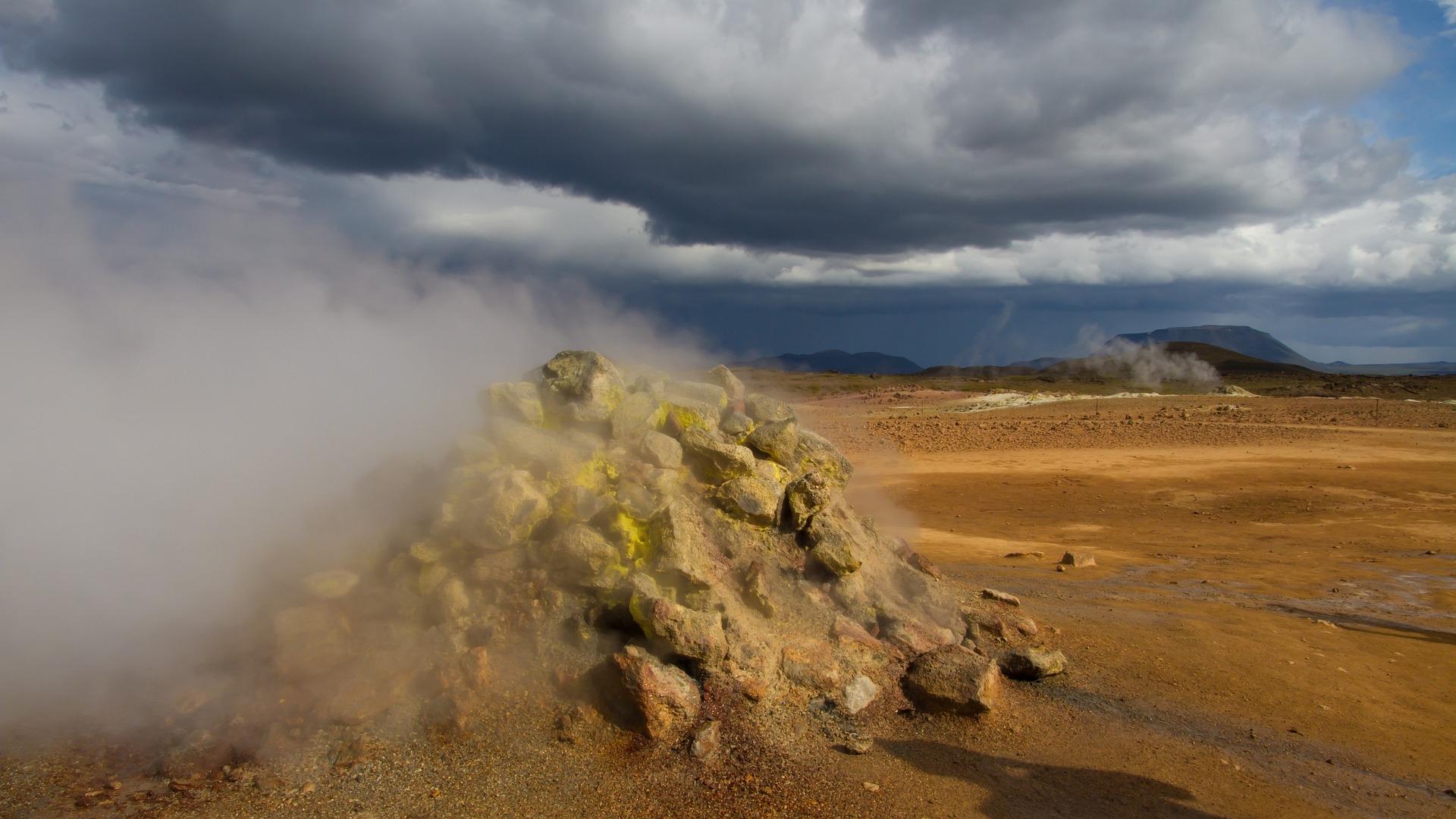
When volcanoes release sulfur dioxide, it can combine with water vapor to create sulfuric acid in the atmosphere. This can lead to acid rain, which damages crops, soil, and water sources, disrupting the lives of nearby communities.
The communities near Huaynaputina are now on alert, as these emissions could signal further volcanic activity.
The 1600 Eruption’s Global Reach: Volcanic Winter and Crop Failures

The 1600 eruption had far-reaching effects, including what’s known as a “volcanic winter.” The ash and particles released into the atmosphere blocked sunlight, leading to a significant cooling of the Earth’s surface. This sudden climate shift resulted in failed harvests and mass starvation across Europe, Asia, and the Americas.
The eruption was a stark reminder of how interconnected the Earth’s climate system truly is.
Dormancy and Resurgence

For over four centuries, Huaynaputina remained dormant, with no signs of major eruptions. However, recent geological activity suggests that this quiet period may be coming to an end. Scientists believe that the tectonic forces beneath the volcano are shifting, potentially leading to future eruptions.
While the recent activity is minor, experts are not ruling out the possibility of future eruptions.
The Science Behind Monitoring Volcanoes: How We Keep Watch
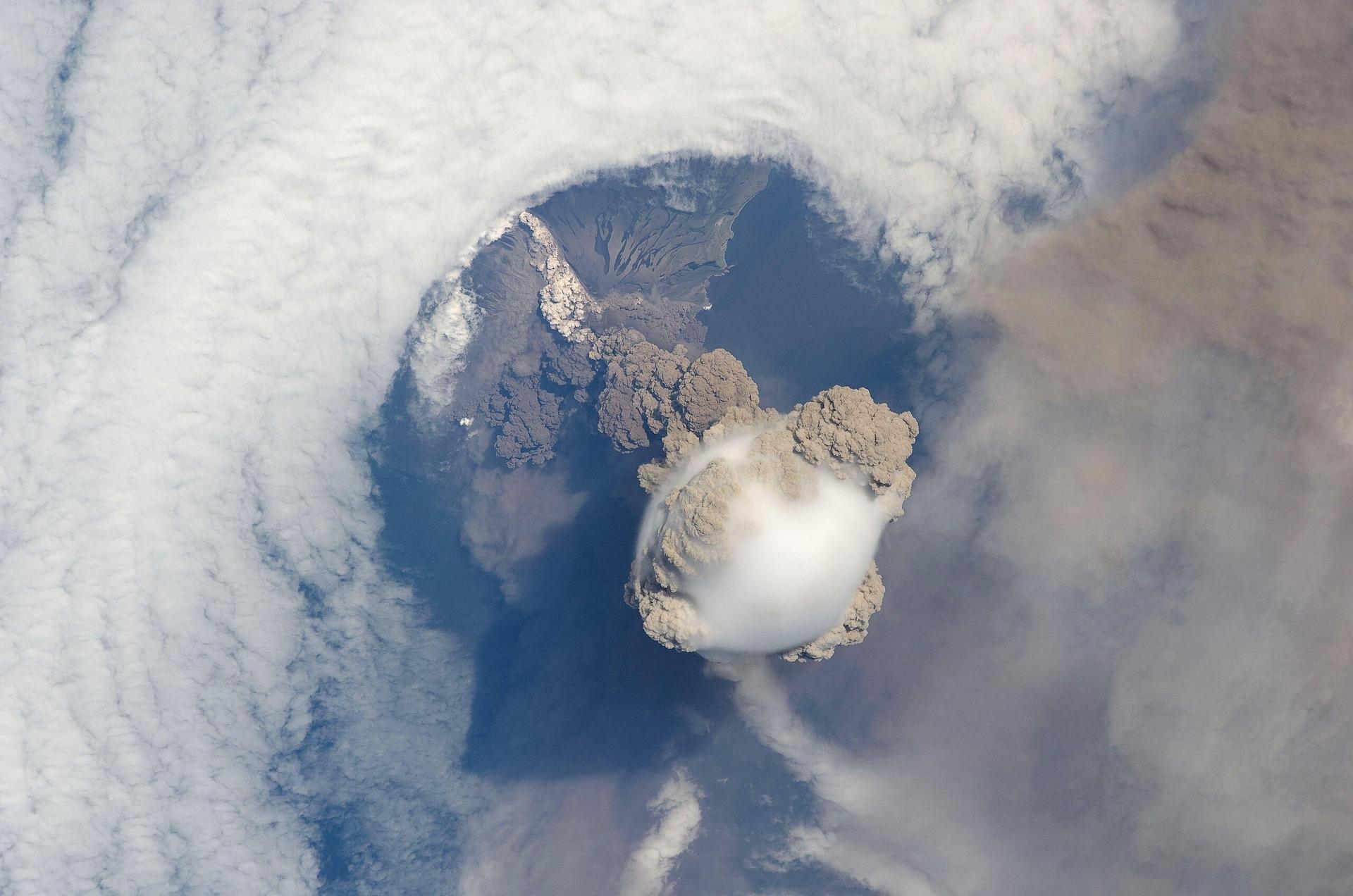
Today, scientists use a variety of tools to monitor volcanoes, including satellite imaging, seismic sensors, and gas detectors. These technologies allow them to detect early signs of volcanic activity, such as tremors or changes in gas emissions, giving communities critical warning time.
Thanks to these advancements, scientists can better understand Huaynaputina’s behavior and the risks it poses.
The Human Toll
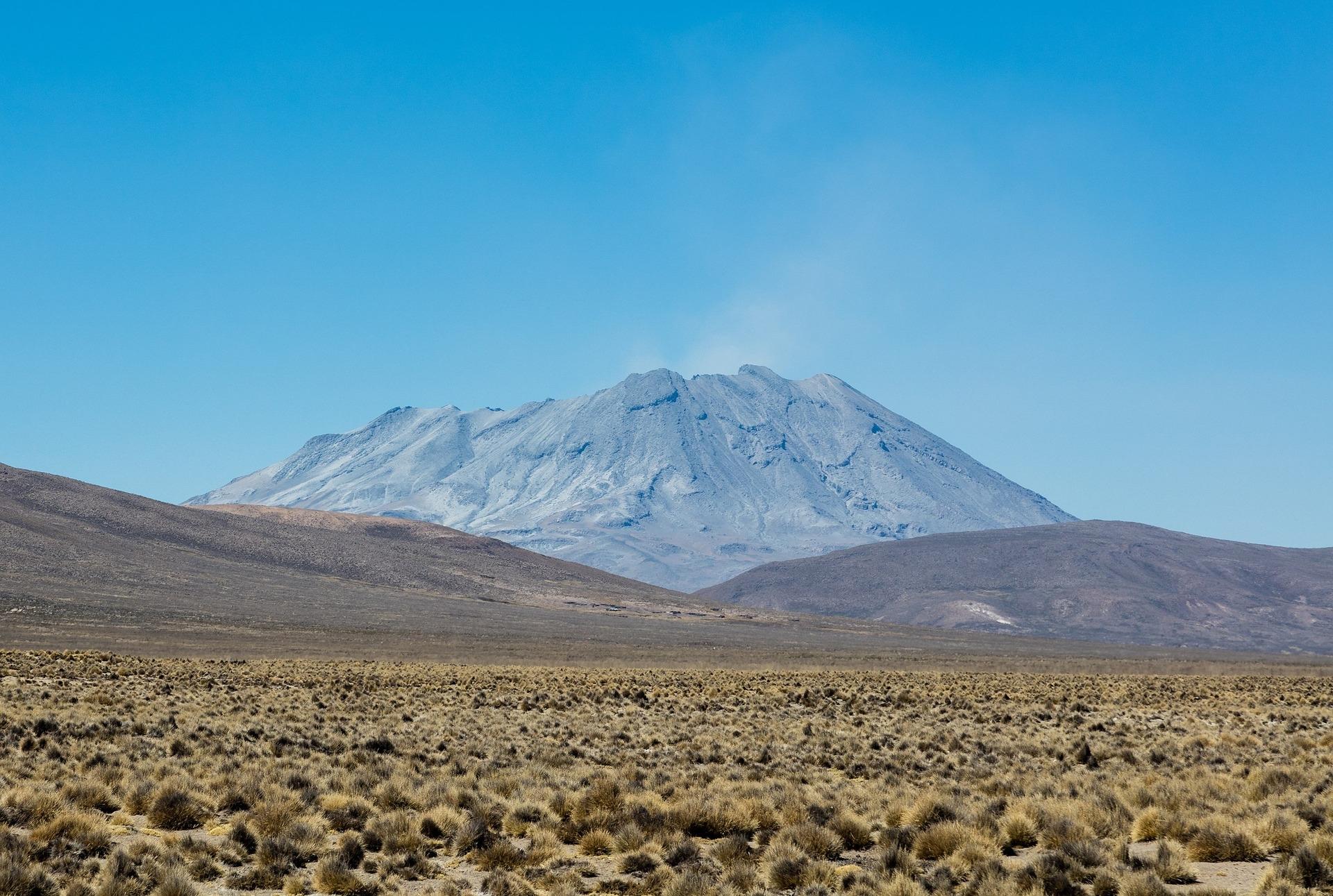
During the 1600 eruption, the city of Arequipa, located just 70 kilometers from Huaynaputina, was nearly destroyed. Thousands of people were killed, and entire villages were buried under layers of volcanic ash. The devastation was so great that it took years for the region to recover.
The memory of this destruction lingers, making the recent activity all the more concerning for those living in the region.
What Happens Next? Scientists on High Alert

As Huaynaputina shows signs of awakening, scientists are working around the clock to monitor the situation. While there’s no certainty that the volcano will erupt again soon, the recent gas emissions serve as a reminder that we live in a geologically active world, where events can change rapidly.
By staying vigilant, we can better prepare for any future eruptions.
Preparing for the Future: Learning from the Past
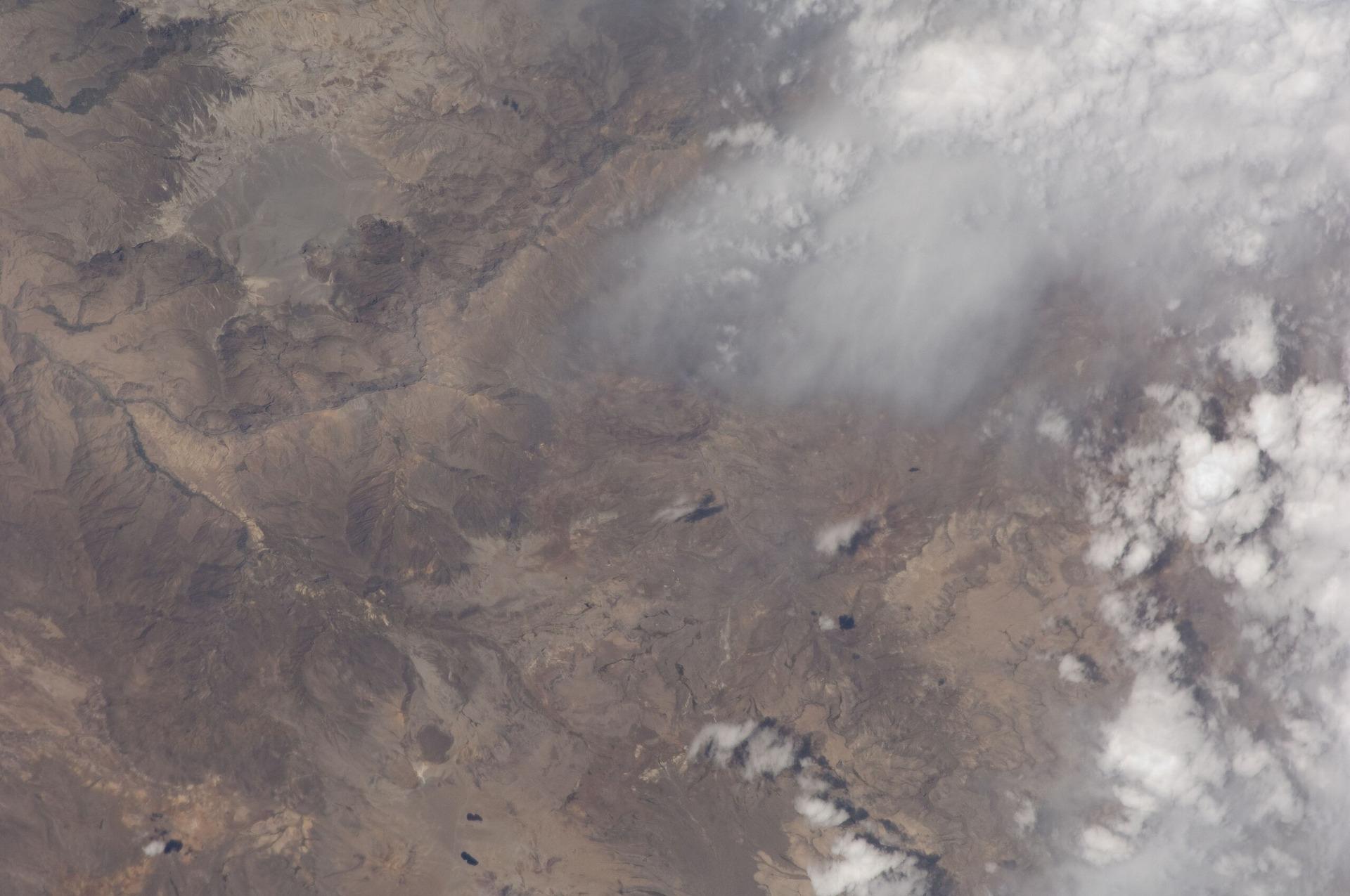
The events surrounding Huaynaputina are a sobering reminder of the power of nature. By studying past eruptions and using modern technology to monitor potential dangers, we can better protect communities and mitigate the impact of future volcanic events.
As the world continues to adapt, it’s crucial that we remain prepared for whatever challenges may come our way.

